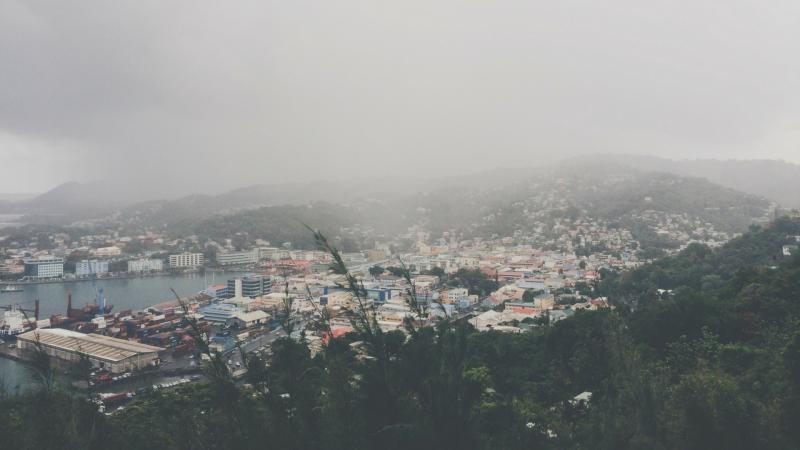
Ever wondered why the great cities of India like Mumbai and Chennai frequently make headlines for flood-related disasters? Researchers from the Indian Institute of Technology Bombay, have an answer for you. In a study published in Nature, the researchers have proved that the pattern of urbanisation, including buildings and roads, intensifies extreme rainfall. The study also demonstrates that urbanisation considerably increases the variations in the intensity of rain at different locations in a city.
As per a report by the United Nations, the urban population in India is expected to touch 800 million by 2050, a hundred percent increase from its current values. Cities will continue to grow vertically and spatially, and climate change adds to the woes. The result? Increase in the frequency of extreme weather events that affect the urban society, economy, and infrastructure.
Previous studies have shown that the increase in concretisation, due to buildings and other structures, leads to lower runoff of the rainwater and causes floods in the cities. However, the impact of the pattern of urbanisation on rainfall was not clear. While studies based on satellite data showed that urbanisation intensifies rainfall, the data from weather stations could not support this. The researchers of this study have considered data from 55 different automatic weather stations to support the hypothesis that urbanisation does have an impact on extreme rainfall events.
The researchers attribute this phenomenon to ‘urban heat islands’ formed due to changes in the land cover, urban emissions that amplifies cloud condensation, and buildings that obstruct the atmospheric motion. In addition to the urbanisation, the pattern of urbanisation was also found to increase these impacts on rainfall as different urban structures affect the energy balance at the surface, as well as the atmosphere. In addition, the study highlights that the intensification of precipitation is not uniform, and is prominent in a few parts of the city, and depends on building canopies, heat sources, and road networks.
The researchers suggest localised monitoring and radar datasets as the most effective methods to study the impact of urbanisation on rainfall rather than weather stations which may not be able to capture all the local variations in rainfall pattern.
So the next time your city floods, stop looking at the clouds and start looking at the skyscraper instead.






